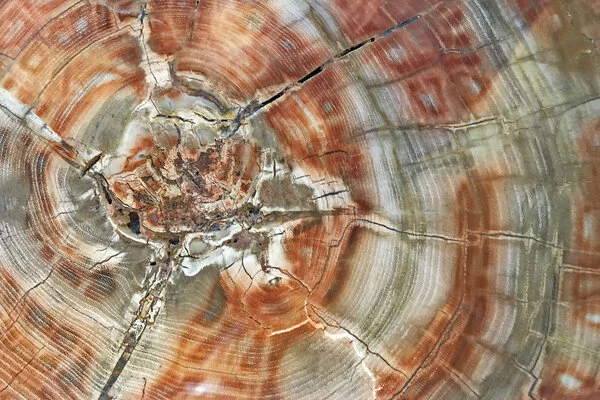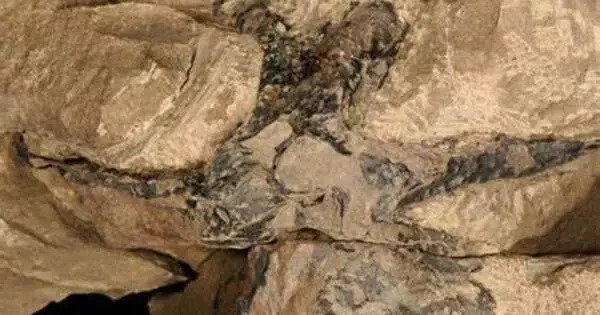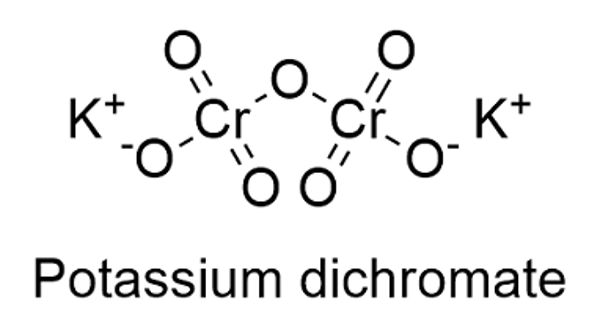The Miocene period is a geologic epoch that lasted between 23 and 5.3 million years. It occurred during the Neogene epoch and followed the Oligocene epoch. The Earth experienced significant climate changes during the Miocene, and the climate was generally warmer than it is today, though there were temperature fluctuations.
An exquisitely preserved fossil forest from Japan provides missing links and aids in the reconstruction of an entire late Miocene plant from Eurasia.
Plant fossils are rarely found in a single piece because wood, leaves, flowers, fruits, seeds, and pollen easily detach from plants. As a result, leaves and trunks have distinct scientific names. Putting the various parts together to reveal the entire plant is similar to putting together a jigsaw puzzle. It is critical to connect the dots and reconstruct plants in order to establish their taxonomic identity – their place in the Tree of Life.
We found that 98% of the fossil-leaves found at the site belonged to Byttneriophyllum, strongly indicating that they were shed from the parent trees. We could see that the leaves were deposited paraautochthonously on the forest floor – they got fossilized where they fell.
Professor Toshihiro Yamada
A research team led by Professor Toshihiro Yamada of Hokkaido University’s Department of Earth and Planetary Sciences discovered an exceptionally well-preserved fossil of a Wataria parvipora forest that was almost entirely accompanied by fossils of Byttneriophyllum leaves. They published their findings in the journal Scientific Reports.
Kiso River (in Minokamo City, Gifu Prefecture) experienced a historic drought in 1994, resulting in the discovery of 400 in situ fossilized tree stumps. While the majority of the stumps were submerged, the team examined 137 stumps, 130 of which were identified as Wataria parvipora. “Wataria is a wood-fossil distinguished by distinct growth rings, abundant parenchyma rays, and the absence of resin canals.” “These stumps accounted for 95% of the tree remains in the 2000m2 fossil site, indicating that we discovered a forest dominated by this species,” Yamada says.

The team also discovered that the stumps were entirely covered by a bed of a single type of leaf. Byttneriophyllum tiliifolium is a leaf-fossil species in the mallow family (along with cotton, cacao, and durian). This leaf’s fossils were found all over Eurasia during the Miocene and Pliocene epochs, and the discovery of the Wataria fossil forest suggests that Byttneriophyllum tiliifolium is the leaves of Wataria.
“We found that 98% of the fossil-leaves found at the site belonged to Byttneriophyllum, strongly indicating that they were shed from the parent trees. We could see that the leaves were deposited paraautochthonously on the forest floor – they got fossilized where they fell,” Yamada elaborated.
Fossil forests from the Miocene period provide important information about the ancient flora and ecosystems that existed at the time. These fossil forests are typically found in sedimentary rocks, where they have been petrified or mineralized in various states. Paleontologists and geologists use fossilized tree trunks, leaves, and other plant remains to reconstruct ancient vegetation and environmental conditions.
Other researchers have discovered that the fossil fruit Banisteriaecarpum giganteum is related to Byttneriophyllum tiliifolium. Future research will look for Banisteriaecarpum giganteum in Japan, as this finding would provide strong evidence that all three are members of the same species.
















